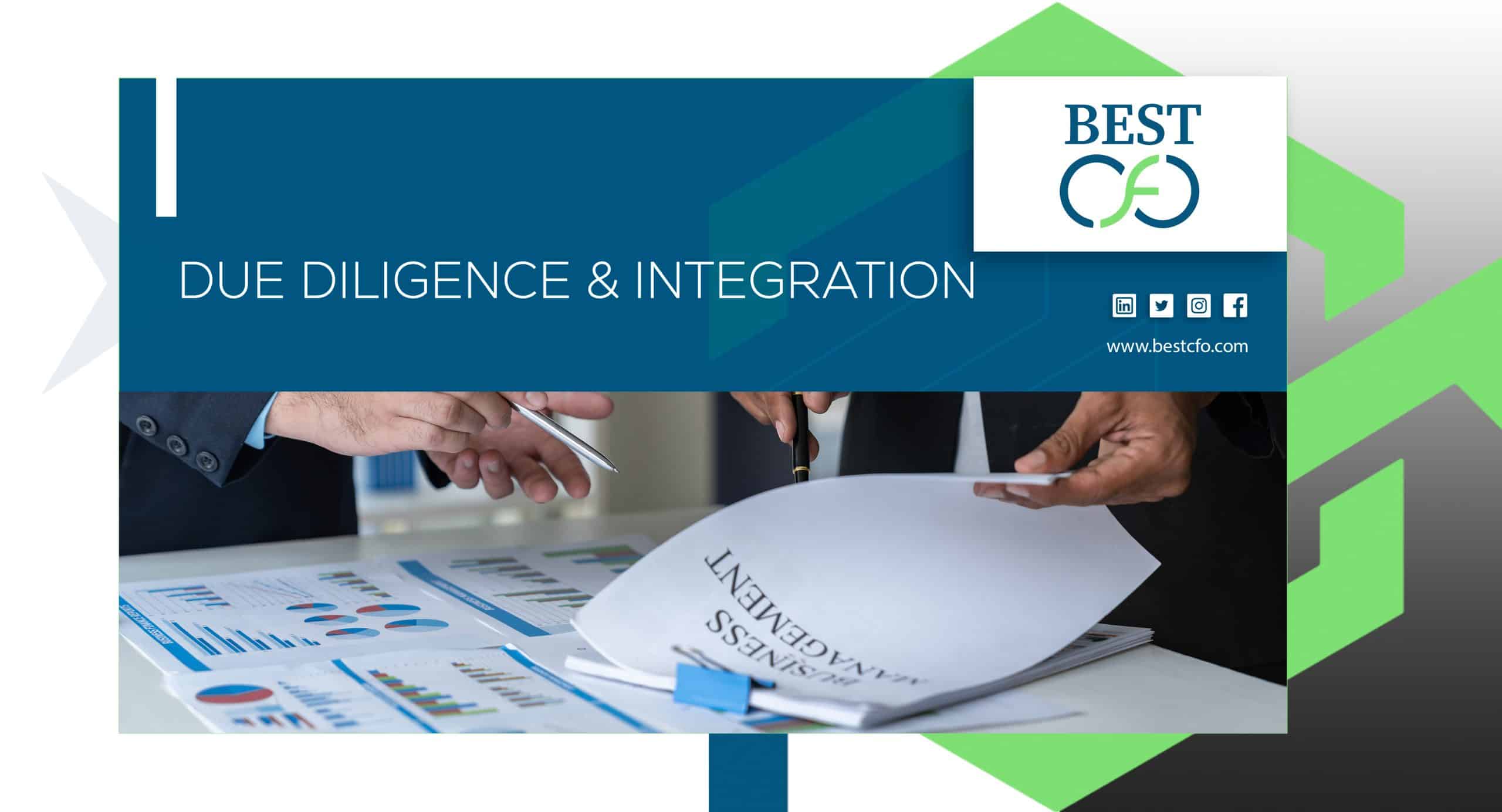
| Getting your Trinity Audio player ready... |
Due Diligence & Integration: The Blueprint for M&A Success
Mergers and acquisitions (M&A) are booming, with companies constantly looking for ways to grow faster and reach new markets. But here’s the surprising part—most M&A deals don’t actually succeed. Studies show that up to 70% of them fail to deliver the results companies expect. Why? Because they overlook the two most important steps: due diligence and integration.
Without solid planning, even the biggest deals can fall apart. That’s why this blog walks you through a complete blueprint for M&A success. From understanding what due diligence means to executing a smooth post-merger integration, we’ll break it all down in simple steps.
Let’s explore how due diligence & integration can make or break a merger—and how you can do it right.
What is Due Diligence & Integration in M&A?
Before any deal is signed, due diligence helps buyers learn everything they can about a company. It’s like doing a background check before hiring someone. The goal? To spot risks, hidden costs, and opportunities before making a big commitment.
Key areas include:
- Legal: Contracts, lawsuits, and compliance issues
- Financial: Revenue, debts, profits, and tax filings
- Operational: How the company runs, from IT to supply chains
- Strategic: Fit with your long-term goals and growth plans
Types of Due Diligence
Different teams focus on different parts:
- Financial Due Diligence: Reviews cash flow, income, and debt to check if the company is stable and worth the price.
- Legal Due Diligence: Checks contracts, intellectual property, and any lawsuits that could cause trouble later.
- Operational Due Diligence: Examines the systems, people, and day-to-day activities. Are they efficient and scalable?
- Cultural Due Diligence: Looks at the workplace vibe. Do employees, values, and leadership styles match?
- Commercial Due Diligence: Studies the company’s place in the market, its customers, and competitors.
Common Due Diligence & Integration Mistakes & How to Avoid Them
Even smart teams can get it wrong. Here are frequent mistakes:
- Incomplete Data Analysis: Missing documents or rushed reviews can lead to bad decisions.
- Hidden Liabilities: Not digging deep enough into debts or pending lawsuits.
- Cultural Clashes: Ignoring company culture leads to unhappy teams and poor performance.
- Regulatory Risks: Not checking local laws or licenses can delay or kill a deal.
How to avoid these? Create a checklist, involve experts, and take your time.
The Due Diligence & Integration Process
Pre-Due Diligence Preparation
Before opening any books, you need a game plan:
- Set clear goals: Know why you want to buy the company.
- Build the right team: Include legal, financial, HR, and IT experts.
- Use a checklist: This keeps everyone organized and ensures no detail is missed.
Conducting Comprehensive Due Diligence
The process often happens in three phases:

- Preliminary Review
- Sign non-disclosure agreements (NDAs)
- Request early data to assess if it’s worth going deeper
- In-Depth Analysis
- Audit financials, contracts, and operations
- Conduct SWOT (Strengths, Weaknesses, Opportunities, Threats) analysis
- Identify red flags and value drivers
- Risk Mitigation & Valuation Adjustments
- Use findings to update the purchase price
- Plan for risks and how to manage them
Leveraging Technology in Due Diligence & Integration
Modern tools help speed things up and improve accuracy:
- AI and analytics: Spot trends and problems faster
- Virtual Data Rooms (VDRs): Share documents securely online
- Automation tools: Run compliance checks and organize documents
These tools save time and reduce errors, especially in complex deals.
Post-Merger Integration – Turning Two Companies into One
Why Integration is the Real Challenge
Many M&A deals fail after they close. That’s because the hard part isn’t the paperwork—it’s putting two companies together.
Some reports say 70-90% of integrations miss their goals. While not always that high, it’s clear that poor integration planning is a major risk.
Key Components of Successful Integration
To make the new company work, you need to connect many moving parts:
- Strategic Alignment: Make sure both sides agree on vision and goals.
- Operational Integration: Combine systems, workflows, and teams.
- Financial Integration: Merge accounting, budgets, and reporting.
- Cultural Integration: Keep employees motivated and avoid culture shock.
The Step-by-Step Integration Process
- Pre-Close Planning
- Prepare a “Day 1” checklist for business continuity
- Align leadership and set roles
- First 100 Days
- Communicate early and often with employees
- Focus on quick wins to build confidence
- Long-Term Integration
- Merge systems and workflows fully
- Keep tracking KPIs and progress
Overcoming Integration Challenges
Common hurdles and how to handle them:
- Resistance to Change: Talk openly with teams and offer support
- Tech Incompatibility: Test systems early and plan backups
- Customer Concerns: Keep clients in the loop with honest updates
Case Studies – Lessons from Successful (and Failed) M&As
Success Story: Disney-Pixar
When Disney bought Pixar, they didn’t just focus on profits. They made sure both companies aligned in culture and creativity. Pixar kept its identity while benefiting from Disney’s resources. The result? Billion-dollar hits and long-term growth.
Failure Case: AOL-Time Warner
This deal is often called one of the worst in history. AOL and Time Warner had very different business styles and goals. Without proper due diligence or integration, the companies struggled to work as one. Eventually, they split.
Key Takeaways from Real-World M&As
- Culture matters as much as numbers
- Integration starts before the deal closes
- Keep people and processes in mind, not just profits
Best Practices for Ensuring M&A Success
Want to avoid becoming another failed M&A statistic? Follow these tips:
- Start integration planning during due diligence
- Appoint a dedicated integration manager
- Communicate clearly with employees and clients
- Use key performance indicators (KPIs) to track progress
- Review and adjust as needed—M&A success is a journey, not a one-time event
Conclusion
M&A deals can be exciting, but they come with risks. The secret to success? Focus on Due Diligence & Integration from the very beginning. Take your time, ask the right questions, and plan for the future.
If you want expert help navigating these complex waters, partnering with a firm like Best CFO can boost your chances of a smooth and profitable outcome. Their team helps with everything from financial reviews to post-merger planning.
FAQs
1: What is due diligence in M&A?
It’s the process of reviewing a company’s legal, financial, and operational details before buying it.
2: Why do most mergers fail?
Poor planning, culture clashes, and bad integration are top reasons.
3: When should integration planning begin?
Start during due diligence—not after the deal is signed.
4: What does cultural integration mean?
It means blending company values, leadership styles, and employee expectations.
5: How can technology help with due diligence?
Tools like AI and virtual data rooms make reviews faster and more accurate.
Related Posts
Do I Need An Accountant As A Sole Trader?
Do I Need An Accountant As A Sole Trader? Are you a sole trader running…
Fractional Finance 101: Unlocking the Power of Micro-Investing
Fractional Finance 101: Unlocking the Power of Micro-Investing Have you ever looked at the price…
Cash or Accrual Accounting: Which One Should You Use?
Cash or Accrual Accounting: Which One Should You Use? Many businesses have a choice between…
Top Accounting System Implementer – QuickBooks & More
Top Accounting System Implementer – QuickBooks & More Choosing the right accounting software is one…
 Demos
Demos  Colors
Colors  Docs
Docs  Support
Support 














